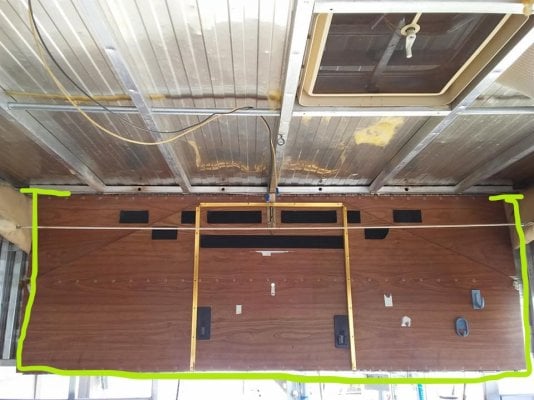It can be done, but that means dragging a little more gear along. A set of 4 aluminum trailer screw jacks with 2x6s spanning them will work. Six would be better. Get on a good flat spot, then lower the camper down. I did this with an old hardside to minimize movement when off the truck.Ourayphotography said:Yes, I think they pick up the alum frame for the jack plates, and all the wood is weakly supported. Just screws through the side. Half my plan was to be able to camp when on jacks. Looks like a no go on a stock FWC
https://www.amazon.com/Cynder-02047-Aluminum-Stacker-Stabilize/dp/B07LDL9BKC/ref=asc_df_B07LDL9BKC/?tag=hyprod-20&linkCode=df0&hvadid=241895364904&hvpos=1o2&hvnetw=g&hvrand=932948221717690440&hvpone=&hvptwo=&hvqmt=&hvdev=t&hvdvcmdl=&hvlocint=&hvlocphy=9032833&hvtargid=pla-657236794287&psc=1




